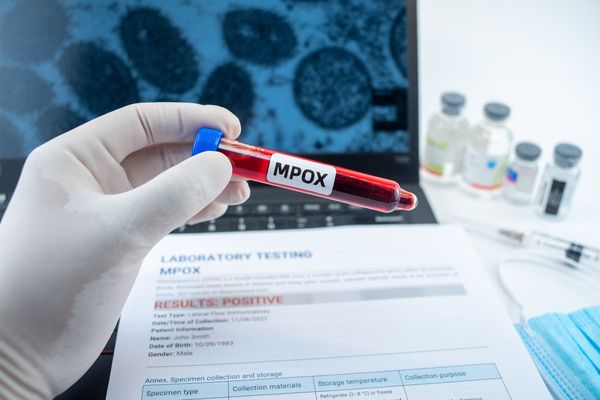
Ladies and gentlemen, tech enthusiasts and battery aficionados, gather 'round and prepare to be electrified by some truly groundbreaking news from the world of research and development! Microsoft, in collaboration with a US lab, is taking the quest for new battery materials to new heights, using the power of artificial intelligence (AI) to accelerate the search process. Are you ready to embark on a journey into the electrifying world of Microsoft-batteries? Let's dive right in!
Batteries are the unsung heroes of our modern world, powering everything from smartphones to electric vehicles. But behind the scenes, scientists and engineers are constantly striving to push the boundaries of battery technology, seeking to find new materials that can deliver longer-lasting, faster-charging, and more efficient power sources.
To speed up this quest, Microsoft Research has joined forces with Pacific Northwest National Laboratory, harnessing the extraordinary capabilities of AI to analyze vast amounts of data and discover promising new candidates for battery materials. It's a marriage made in technology heaven, where the limitless potential of AI meets the innovative minds of battery research experts.
The traditional approach to finding new materials involves laborious and time-consuming experimentation, exploring an enormous range of potential compositions and structures. However, with the help of AI, scientists can significantly reduce the time it takes to identify promising materials for further investigation.
Here's how it works: AI algorithms analyze data from previous studies, scientific literature, and even patent databases, in search of patterns and trends that could indicate potential breakthrough materials. By understanding the rules that govern the behavior of certain battery materials, AI can narrow down the pool of candidates and highlight those with the greatest likelihood of success.
Picture this: a room filled with scientists and researchers, surrounded by mountains of scientific research papers, scratching their heads as they try to make sense of complex data. Suddenly, AI swoops in like a superhero, sifting through the sea of possibilities and shining a light on the most promising options, revolutionizing the way we discover new battery materials.
But what makes this collaboration even more exciting is the potential for AI to uncover materials that were once overlooked, hidden gems waiting to be discovered. With AI's ability to spot connections and correlations that might elude human researchers, we may stumble upon an entirely new generation of battery materials, revolutionizing the future of energy storage.
Imagine future smartphones that can go days without needing a recharge, electric vehicles that can travel extended distances on a single charge, and a greener, more sustainable future powered by batteries that push the boundaries of what we thought was possible. The possibilities are truly electrifying!
So, as Microsoft and its partners continue to harness the power of AI in the search for new battery materials, we can eagerly anticipate a future where battery technology takes an exponential leap forward. It's a collaboration that showcases the remarkable potential of technology to help solve complex problems and pave the way for a more advanced and sustainable world.
The journey towards next-generation batteries may just be getting started, but with the tireless efforts of scientists and the transformative possibilities of AI, we're charging ahead towards a brighter, bolder, and more electrifying future. Stay tuned for more thrilling updates as Microsoft and the US lab continue their quest to power the world with innovation!







